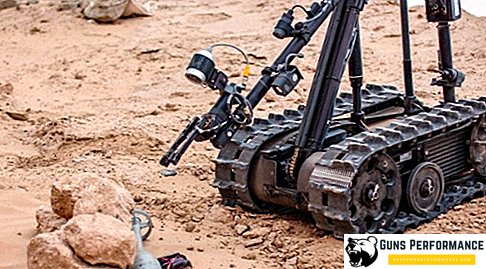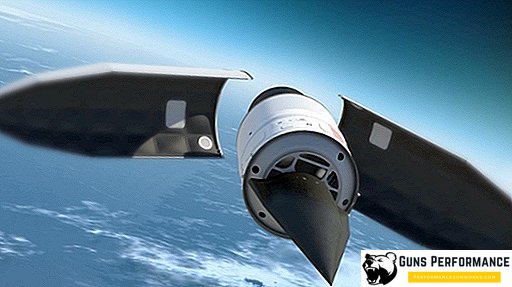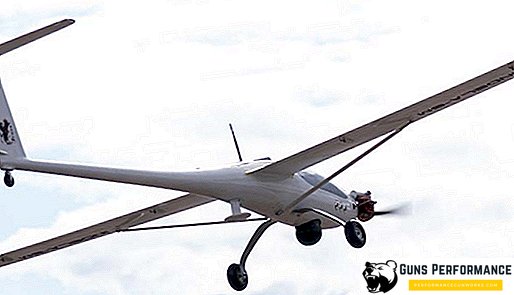
Robots have been neutralizing explosive devices for a long time. Over the past forty years, hundreds or even thousands of times have turned to robotic sappers. In fact, the term robot sapper is inherently incorrect, because this technique is not a robot.
Robots or drones?
If you look into the Oxford Dictionary, then we can find out that a robot is a machine that performs a complex procedure in automatic mode. Independently robotic sappers will not be able to perform any task. Such devices would be more properly called drones, in analogy with aircraft operated by people at a distance.
These robots enable explosives to remotely mine. Because of this, they do not have to risk their lives while performing complex and dangerous tasks. In some cases, this technique is used to simply inspect an explosive device, and in others, the robot has the functionality of direct demining with the participation of the operator.
They are used not only to disable various explosive devices, but also other objects that can detonate: mines of different types and unexploded ordnance.
Wheelbrrow Mark 1 became the first robotic device for mine clearance. In 1972, Peter Miller decided to use a special machine moving around the chassis thanks to an electric pull to transport suspicious devices, like automobile explosives. It helped to transport bombs and blow them at a safe distance from people.
The prototype Wheelbarrow had poor maneuverability, and the military set about upgrading it, modifying the control components and the tracking system.

Demining principle
The most important factor during the execution of modern operations is to impart inertness to the explosive device, preventing its detonation. For these purposes, robots with sappers produce a jet of water under high pressure on the wiring of an explosive device. In most cases, a bomb requires a power source, and damage to the wiring will help to give it inertia, and sometimes this is enough for neutralization. Some devices are equipped with a spare element for detonation, it is for these reasons that mine clearance is best dealt with using robotic sappers.
Robots are controlled from a safe distance. They have a lot of cameras installed, which allow to significantly expand the view. Without fail, modern robotic devices are equipped with a camera in the front and on the manipulator, which helps to ensure the ability to view the environment.
The first robot engineers were guided by special ropes, and later a telecommunication cable was used. But the use of such a variant of signal transmission to the robot was not very convenient, therefore, modern ones use wireless technologies. As many people know, the wireless type of information transfer is subject to hacking, but the participation of the military makes this process very difficult.
The overall design of the robot itself has not changed much since the creation of the first prototype, because their purpose has remained unchanged. Robots are still controlled by humans, and it is up to the operator to determine the success of the operation to deactivate the explosive device. On the mobility side, modern robotic devices have gotten rid of the tracked base; now they are moving on six or more wheels. They even move through difficult terrain, and some models are able to climb stairs.
The robot-sapper manipulator has good mobility. Usually, sappers have a set of various attachments for attaching to the manipulator. These features will help overcome obstacles. For example, cut a section out of a wire using special wire cutters.
The sizes of robot engineers are quite different, some models can even fit in a backpack. There are also quite large-sized robots equipped with X-ray equipment with special detectors. The latest achievements allow to improve certain abilities of robots: development is underway on prototypes capable of jumping through walls. Two-handed robots are produced, which will facilitate many tasks during demining.












